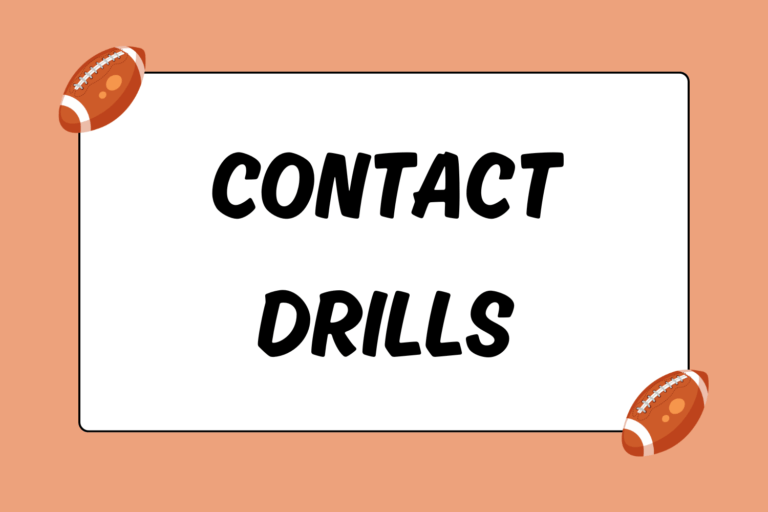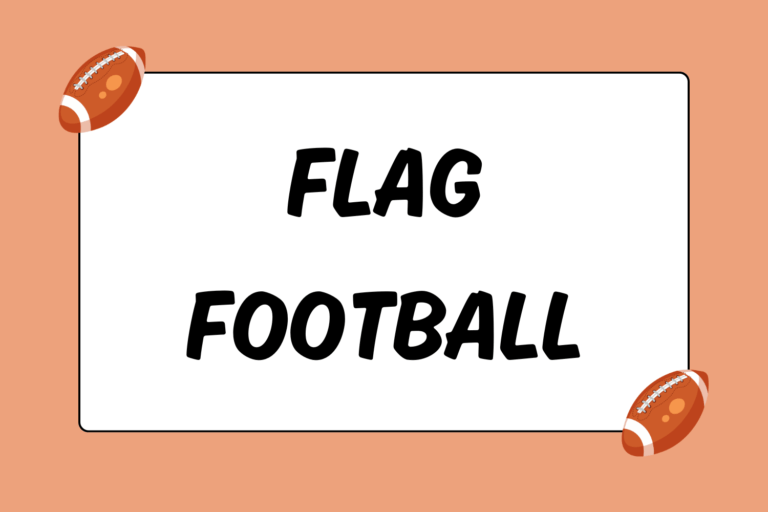Playing defense in football is somewhat unique compared to other sports. In hockey or basketball, for example, there isn’t much variety in terms of players’ respective defensive techniques. In football, on the other hand, each of the different position groups has a unique set of responsibilities, and uses different types of tactics to satisfy those responsibilities. This guide examines a few frequently-used examples of those tactics.
The Blitz
The blitz is easily one of football’s most commonly-known and recognizable maneuvers. Blitzing involves sending one or more players into the offense’s backfield as soon as the ball is snapped. Those players have one obligation: Get into the backfield as fast as possible and disrupt the play. Here are several key characteristics of a blitz:
- It’s used by both linebackers and D-backs.
- Though it’s designed to be a quick attack, it can be executed from several yards behind the line of scrimmage.
- Even if blitzing players don’t tackle the ball carrier, they can still be effective by pressuring the offense into a poorly-executed play.
Compared to most other maneuvers, blitzing involves a larger degree of risk; when a player is assigned to blitz, he foregoes all of his normal obligations. If the offense’s play happens to exploit that fact — or if the quarterback sees it coming — then the hole created by the blitzing player becomes a glaring weakness.
However, when the blitz works, it leaves the offense with a poorer field position and has the potential to demoralize the offense as a whole. A series of successful blitzes can also leave a QB shaken and prone to making bad decisions later in the game.
The Stunt
The stunt is part misdirection, part overloading attack. Here’s a breakdown of how stunts work:
- When D-linemen and LBs line up before the snap, each offensive lineman will take note of who lines up where. Offensive plays are created with certain blocking assignments in mind, so an O-lineman’s ability to block the right defensive player often determines the play’s effectiveness.
- However, if two defensive players act in an unexpected manner — for example, if two defensive tackles cross paths before engaging the offense — then it can potentially confuse the offensive line for a brief moment. In that second of uncertainty, the offensive line is vulnerable and more likely to make a mistake.
There are many different types of stunts. Some, like the scenario outlined above, are designed to disrupt the O-line’s blocking assignments. Others are designed to put a greater amount of pressure on one specific gap or area in the offensive line.
Like blitzing, though, there is a risk involved in using a stunt. For example, say the offense runs a sweep to the strong side, and the defense performs a stunt to the weak-side B gap. In this situation, the defense’s point of attack is opposite to the direction of the offense’s play, which would likely negate any possible benefit to using the stunt.
Disguising the Coverage
Any time a defensive player is involved in defending the pass, they will have one of two jobs:
- Defend a specific receiver
- Defend a specific area of the field
Some elements of the defense’s formation — the players involved, the formation being used, etc. — can unintentionally betray certain details about their pass-coverage strategy. The defense generally takes certain precautions, though, to make it harder for the offense (usually the QB) to pick up on those details. Here are a few ways the defense can disguise the pass coverage being used:
- A linebacker responsible for covering the middle of the field can charge up to the LOS as though he were about to blitz, and then quickly drop back into coverage once the play starts.
- A corner who’s about to blitz can line up immediately across from a receiver, making it look like he’s simply going to drop back into pass coverage.
Much like using a stunt, the key to disguising pass coverage is misdirection. The more effort that goes into the disguise, the more likely it will be effective enough to successfully trick the QB.
Mental Edge
Though it doesn’t happen often, sometimes the defense will call for a D-lineman to drop back into pass coverage. Usually in these situations, the defense will be in a zone coverage, and the lineman will be responsible for covering an area of the field immediately adjacent to the LOS.
Keep the Offense Guessing
The purpose of using these types of tactics is to make it difficult for the offense to anticipate the defense’s collective actions. The harder that task is, the more likely the defense will be able to disrupt the play. The key is to use a variety of tactics and maneuvers — a good offensive coordinator will be able to pick up on any patterns in the defense’s strategy.





